Two Ponds National Wildlife Refuge
Rate this placeNearby: Club Crest North Park Woodrun Park
Last Updated: January 6, 2026
Two Ponds National Wildlife Refuge, located in the state of Colorado, offers visitors a variety of reasons to explore its natural beauty.
°F
°F
mph
Wind
%
Humidity
Summary
This refuge provides a peaceful and serene environment where visitors can enjoy wildlife viewing, hiking, and photography.
One of the primary attractions of Two Ponds National Wildlife Refuge is its diverse range of flora and fauna. The refuge is home to over 120 species of birds, including bald eagles, great blue herons, and various waterfowl. Mammals such as beavers, muskrats, and deer can also be spotted within the refuge. The vibrant vegetation, consisting of wetlands, grasslands, and wooded areas, attracts a rich array of wildlife.
Several points of interest within the refuge are worth mentioning. Two Ponds, as the name suggests, are two small glacial ponds that provide a habitat for waterfowl and other aquatic species. These ponds are easily accessible through a series of hiking trails, allowing visitors to observe the wildlife up close. Additionally, the refuge features a visitor center with educational displays, interactive exhibits, and helpful staff who can provide information about the area's wildlife and history.
Interesting facts about Two Ponds National Wildlife Refuge include its status as the smallest national wildlife refuge in the United States, spanning only 72 acres. Despite its small size, it plays a crucial role in preserving wetland ecosystems and providing a haven for migratory birds. The refuge is also part of the larger Rocky Mountain Arsenal National Wildlife Refuge Complex, which encompasses several other protected areas in Colorado.
The best time of year to visit Two Ponds National Wildlife Refuge depends on personal preferences and interests. Spring and summer offer the opportunity to witness migratory birds, nesting activities, and blooming wildflowers. Fall brings vibrant foliage colors and increased wildlife activity as animals prepare for winter. Winter can also be an excellent time for birdwatching and enjoying the peacefulness of the refuge with snowy landscapes.
To ensure accuracy, it is advisable to verify the information provided by checking multiple independent sources, such as the official website of the U.S. Fish and Wildlife Service or local visitor information centers.
Weather Forecast
Park & Land Designation Reference
Large protected natural areas managed by the federal government to preserve significant landscapes, ecosystems, and cultural resources; recreation is allowed but conservation is the priority.
State Park
Public natural or recreational areas managed by a state government, typically smaller than national parks and focused on regional natural features, recreation, and education.
Local Park
Community-level parks managed by cities or counties, emphasizing recreation, playgrounds, sports, and green space close to populated areas.
Wilderness Area
The highest level of land protection in the U.S.; designated areas where nature is left essentially untouched, with no roads, structures, or motorized access permitted.
National Recreation Area
Areas set aside primarily for outdoor recreation (boating, hiking, fishing), often around reservoirs, rivers, or scenic landscapes; may allow more development.
National Conservation Area (BLM)
BLM-managed areas with special ecological, cultural, or scientific value; more protection than typical BLM land but less strict than Wilderness Areas.
State Forest
State-managed forests focused on habitat, watershed, recreation, and sustainable timber harvest.
National Forest
Federally managed lands focused on multiple use—recreation, wildlife habitat, watershed protection, and resource extraction (like timber)—unlike the stricter protections of national parks.
Wilderness
A protected area set aside to conserve specific resources—such as wildlife, habitats, or scientific features—with regulations varying widely depending on the managing agency and purpose.
Bureau of Land Management (BLM) Land
Vast federal lands managed for mixed use—recreation, grazing, mining, conservation—with fewer restrictions than national parks or forests.
Related References
Area Campgrounds
| Location | Reservations | Toilets |
|---|---|---|
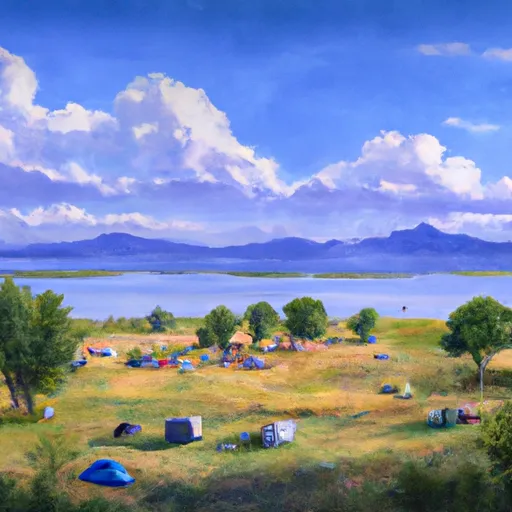 Standley Lake
Standley Lake
|
||
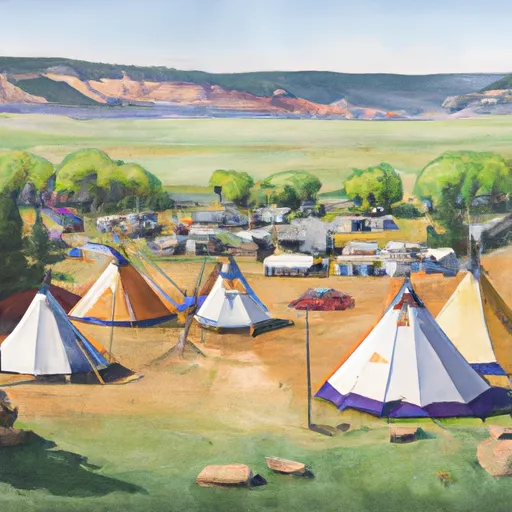 Tipi Village
Tipi Village
|
||
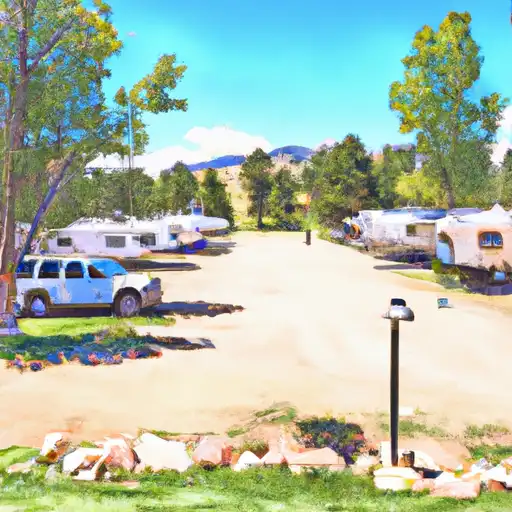 Clear Creek RV Park
Clear Creek RV Park
|

 Club Crest North Park
Club Crest North Park
 Woodrun Park
Woodrun Park
 Lakecrest Park
Lakecrest Park
 Club Crest South Park
Club Crest South Park
 Rainbow One Park
Rainbow One Park
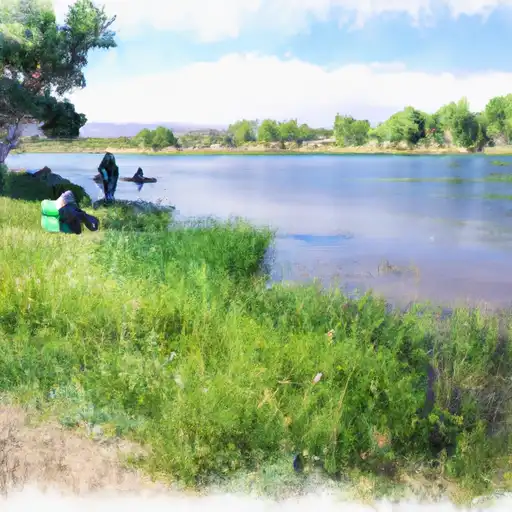 Pomona Lake Number 2
Pomona Lake Number 2
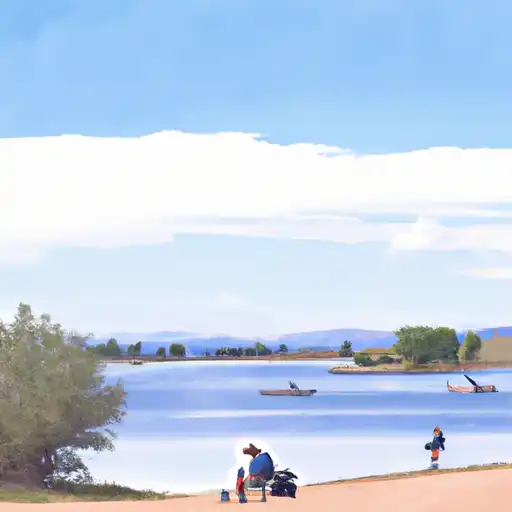 Lake Arbor
Lake Arbor
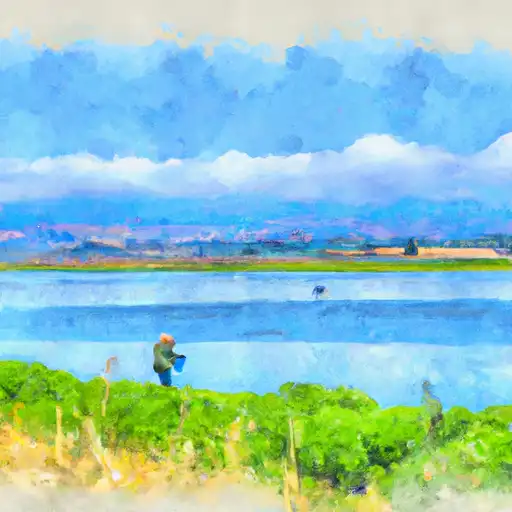 Standley Lake
Standley Lake
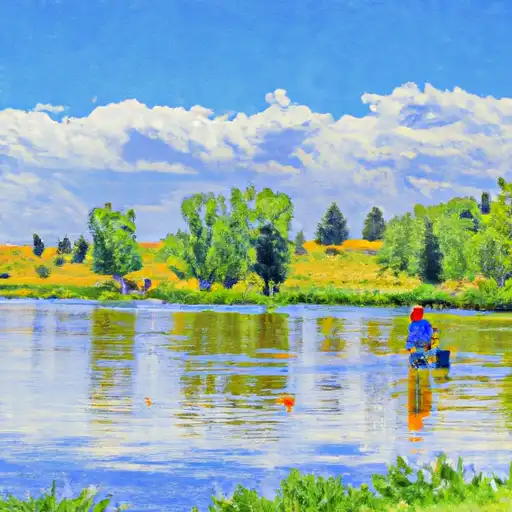 Faversham Park Pond
Faversham Park Pond
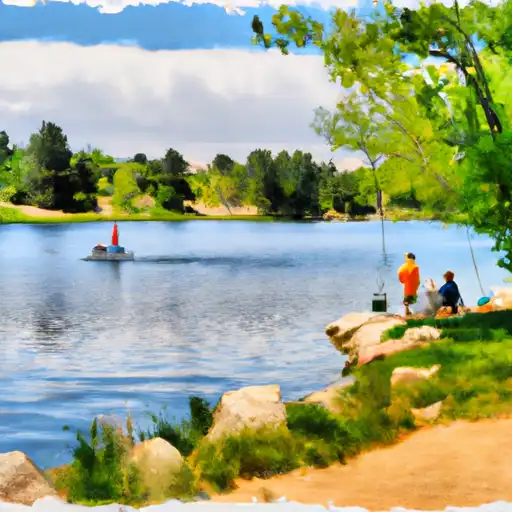 Meadow Park Lake
Meadow Park Lake